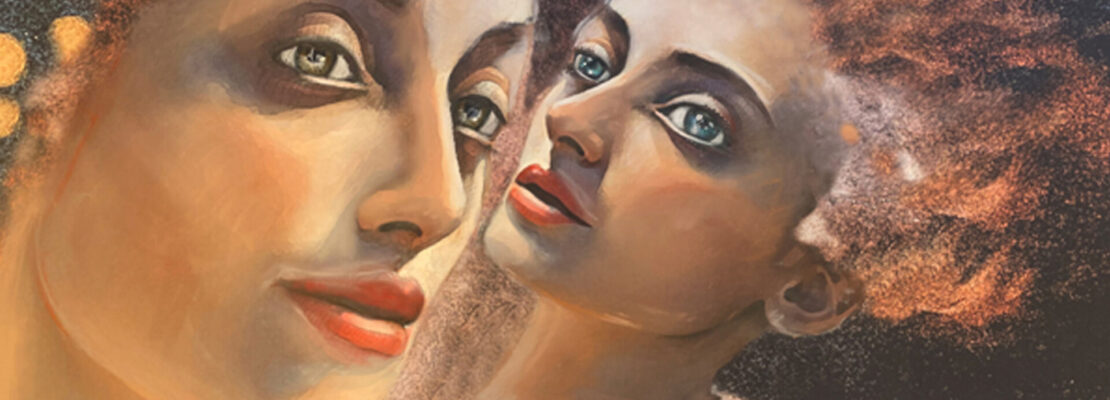
Tweedaagse in Heusden: zondag 9 en 23 februari 2025
Een week in Zuid Frankrijk (Rodez): zaterdag 6 tot zaterdag 13 september 2025
DAG 1
Centraal in deze opleidingsdag, staat de idee dat de vorm die het menselijk lichaam aanneemt, samenhangt met de emotionele en psychologische realiteit waarin de mens opgroeit. Het leven laat ons lichaamsvormen aannemen die emoties, gedachten en ervaringen bundelen tot één structuur. Daarom zijn lichaamsvormen uiteindelijk ook de gevolgen van onze menselijke poging om lief te hebben en bemind te worden. Lichamen verliezen hun natuurlijke vorm van flexibiliteit en laten toe dat de gebeurtenissen van het bestaan hierin afgelezen kunnen worden.
Anders gevormde, ongevormde of overgevormde lichamen nemen dan ook de daarmee gepaard gaande gevoelens en beperkingen mee over en vertalen zich in karakterstructuren die voor de rest van het leven op bepaalde defensiepatronen steunen.
In dit complexe samenspel van zovele lagen en bewustzijnstoestanden zoeken we naar de lichamelijke verankering van oude sporen die een harnas in de vorm van een karakterstructuur zijn gaan uitmaken. Emoties hebben zich vertolkt op een fysieke manier, kwetsuren zijn als ringen om de boomstam een harde kern gaan vormen. Wilhelm Reich, leerling van Freud en grondlegger van het emotionele lichaamswerk toont ons hierbij de weg.
Tijdens deze dag leer je de theorie toepassen op bestaande casussen.
DAG 2
OVERLEVINGSSTRATEGIËEN
In een eerste workshop gingen we nader in op het ontstaan en functioneren van overlevingsstructuren zoals die honderd jaar geleden (vanaf Freud & Reich) en later door Lowen & Pierrakos als een noodzakelijke aanvulling werden geformuleerd op het eeuwenoude binaire denken in een lichaam en geest.
Vandaag wordt dezelfde problematiek anders, maar even (r)evolutionair uitgewerkt dankzij de enorme vooruitgang in het onderzoek van onze hersenen. Kunnen we dus niet de vijf karakterstructuren beter begrijpen omdat we een dieper inzicht hebben in de manieren waarop de verschillende assen in ons lichaam functioneren? Kunnen we dan ook niet werken aan de traumata die aan de basis liggen van de overlevingsstructuren door het functioneren van neuronale- en hormonale assen beter te leren begrijpen?
Misschien moeten we hierbij ook uitgaan van een evolutionaire survival en ons de vraag stellen wat er belangrijk is voor het overleven zelf? Welke zijn onze overlevingsstrategieën en reactiveringssytemen, zowel intrinsiek als extrinsiek?
Belangrijk hierbij is het begrijpen van “The Gouvernor of Health”. Deze werking leert ons zeer veel over hoe wij in het dagelijkse leven staan en waarom wij bepaalde klachten ontwikkelen. Het biedt ons een dieper inzicht van hoe onze besluitvorming plaatsvindt en waarom problemen niet opgelost geraken. Bovendien onderstreept het het belang van een goede energie verdeling en de nood aan metabole flexibiliteit. Ons lichaam beschikt steeds over een welbepaalde fysieke reserve, en daarnaast over een psychische of mentale reserve. Zowel de hersenen als het lichaam kunnen elkaar overrulen indien nodig.
Karakterstructuren blijven rigide vormen van leven, terwijl op deze aarde alles draait om flexibiliteit. Aanpassing (go with the flow) is dus het hoogste goed voor een goed leven. In de namiddag werken we enkele casussen uit op basis van deze theorie.
Prijs:
Inschrijvingen en inlichtingen